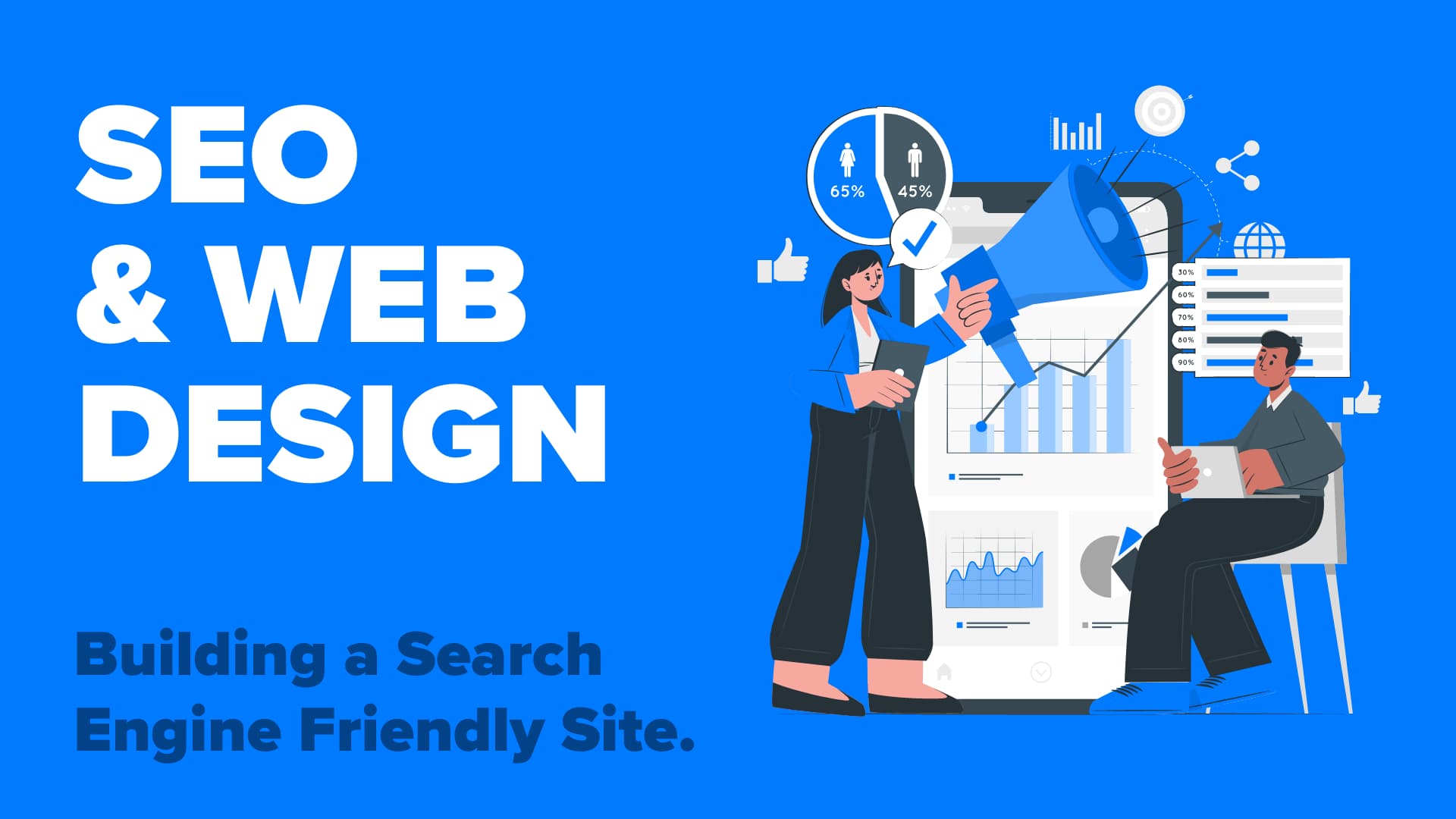Demystifying What Is Ruled Out a Default Medium in Google Analytics
Demystifying What Is Ruled Out a Default Medium in Google Analytics
Blog Article
Believing Outside the Box: Leveraging Non-traditional Mediums to Optimize Google Analytics Efficiency
In the realm of digital marketing, the mission for enhanced Google Analytics efficiency has actually become a calculated crucial for organizations seeking to improve their on-line existence. Conventional approaches frequently fall brief in catching the full range of consumer communications and actions. By exploring unusual tools as methods of information collection, a brand-new realm of possibilities arises. These undiscovered areas provide a wide range of untapped insights that could possibly revolutionize the method we comprehend and optimize our digital strategies.
Special Data Sources

CRM systems, for instance, can give understandings right into individual client communications, purchase background, and choices, which can be incorporated with Google Analytics data to develop even more personalized advertising methods. Social media site systems offer useful data on customer demographics, passions, and engagement metrics, permitting companies to determine the efficiency of their social media sites campaigns and enhance web content for much better performance. Email marketing data, consisting of open prices, click-through rates, and conversion metrics, can also be leveraged to track user interaction and behavior beyond site communications captured by Google Analytics. By leveraging these special information resources, services can fine-tune their strategies, boost targeting efforts, and enhance overall Google Analytics efficiency.
Social Media Site Insights

Furthermore, social media sites analytics tools enable companies to track crucial performance indicators, screen project effectiveness, and measure the impact of their on-line activities. Comprehending the demographics of followers, recognizing popular material themes, and evaluating involvement degrees can help companies customize their marketing strategies for far better outcomes.
Offline Marketing Assimilation
Incorporating offline advertising strategies with digital analytics can boost overall project performance and offer a much more extensive understanding of customer habits. what is not considered a default medium in google analytics. By connecting the gap in between online and offline efforts, organizations can track the influence of typical advertising networks such as print advertisements, television commercials, straight mail, and events on their on-line visibility

Furthermore, implementing phone call radar for offline marketing tasks makes it possible for businesses to record valuable data on customer questions created through published materials or advertisements (what is not considered a default medium in google analytics). By examining phone call data along with on the internet metrics in Google Analytics, companies can acquire much deeper insights right into the consumer journey and maximize advertising approaches for better efficiency throughout all channels
IoT and Wearable Technology
Making use of IoT and wearable innovation in digital analytics can reinvent information collection and customer insights for businesses seeking a much deeper understanding of customer habits patterns. These ingenious modern technologies offer a smooth way to gather real-time data from various touchpoints. IoT More hints devices can track user communications with items or services, supplying important information on usage patterns and preferences. important link Wearable modern technology, such as smartwatches or health and fitness trackers, can supply insights right into customer activities, wellness metrics, and also area information.
Gamification Techniques
The implementation of gamification methods in electronic analytics presents an innovative approach to improving user involvement and driving actionable insights for companies. By incorporating game-like elements such as factors, badges, leaderboards, and rewards into the analytics interface, business can inspire users to interact a lot more frequently and meaningfully with the data.
Gamification encourages customers to check out various attributes of the analytics system, uncovering useful insights that might have otherwise gone undetected. With interactive difficulties and progress tracking, users are incentivized to dive much deeper into the data, causing raised time invested in the platform and a higher chance of discovering crucial trends or patterns.
In addition, gamification can foster a sense of competition among users, spurring them to pursue greater performance and interaction levels. This affordable spirit can drive boosted individual adoption prices and a more comprehensive usage of the analytics devices readily available. Ultimately, by leveraging gamification methods in digital analytics, services can create an extra productive and appealing setting for users, leading to more educated decision-making and improved total efficiency.
Conclusion
Finally, leveraging non-traditional mediums such as one-of-a-kind data sources, click here now social media insights, offline marketing assimilation, IoT and wearable modern technology, and gamification strategies can optimize Google Analytics efficiency. By thinking outside the box and exploring these different resources of information, businesses can acquire valuable insights and enhance their overall advertising strategies. It is necessary for companies to constantly discover brand-new methods to collect data and assess it in order to stay ahead in the ever-evolving digital landscape.
By incorporating data from resources such as customer connection monitoring (CRM) systems, social media systems, and email advertising projects, services can gain a more thorough understanding of their audience actions and involvement patterns. Social media systems offer important information on individual demographics, rate of interests, and interaction metrics, enabling organizations to gauge the efficiency of their social media campaigns and optimize content for far better efficiency. By leveraging these distinct information sources, organizations can fine-tune their strategies, improve targeting efforts, and boost general Google Analytics performance.
Exploring social media insights can supply services with useful data on individual demographics, passions, and involvement metrics, permitting for notified decision-making and tactical optimization of advertising and marketing initiatives. By believing outside the box and checking out these alternate resources of information, services can obtain useful understandings and boost their total marketing techniques.
Report this page